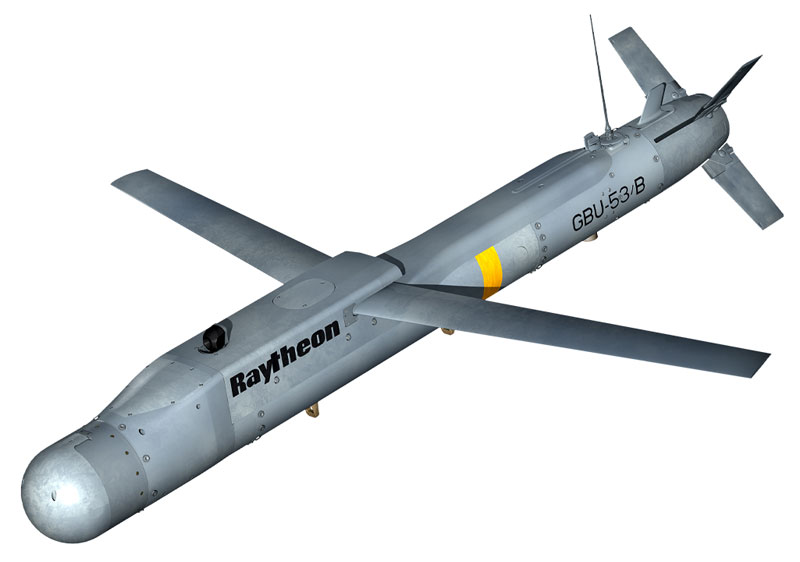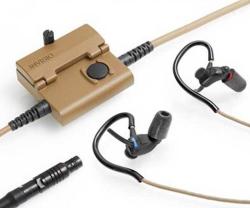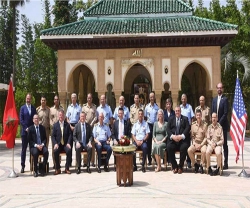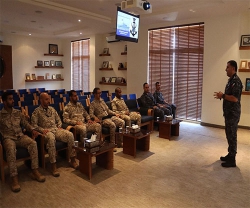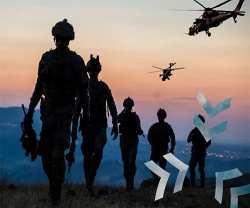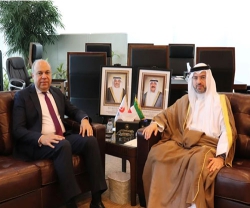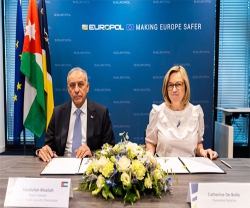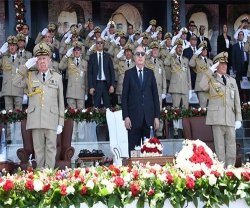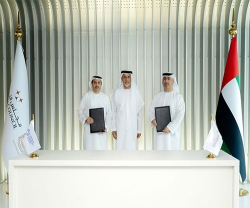Raytheon Company and the U.S. Air Force concluded a series of flight tests for the Small Diameter Bomb II culminating in direct hits on stationary land targets.
The successful tests further position the SDB II program to move from engineering, manufacturing, development phase to low rate initial production.
Using upgraded hardware and electronics during extended periods of flight, SDB II successfully acquired and engaged several stationary targets.
"Detecting stationary targets amidst the clutter of battlefield environments without using latitude and longitude presents a difficult challenge for most weapons today, but not SDB II," said Dr. Taylor W. Lawrence, Raytheon Missile Systems President.
"Acquiring stationary targets with the same seeker that can identify and track moving targets demonstrates the dynamic capability this new weapon brings to the warfighter," he added.
SDB II can hit targets from a range of more than 40 nautical miles. Its powerful warhead can destroy armored targets, while keeping collateral damage to a minimum through a small explosive footprint. The highly accurate SDB II offers warfighters the flexibility to change targets through a datalink that passes inflight updates to the weapon.
"These latest tests showcase our tri-mode seeker's game-changing capability to acquire, track, engage and destroy both stationary and moving targets in adverse weather," said John O'Brien , Raytheon Small Diameter Bomb II Program Director.
"Upcoming live fire tests will prove the end-to-end capability of SDB II and will demonstrate the program's readiness to progress to System Verification Review and Milestone C, clearing the way for low rate initial production," he added.
SDB II employs Raytheon's uncooled tri-mode seeker. The new seeker operates in three modes: millimeter-wave radar, uncooled imaging infrared and semi-active laser. These three modes enable the weapon to seek and destroy targets, even in adverse weather conditions from standoff ranges.
The DOD has validated SDB II as a weapon that meets a critical warfighter need and has invested more than $700 million in the SDB II program.
